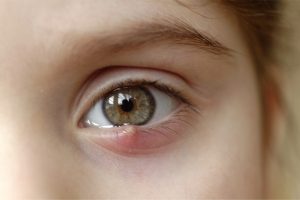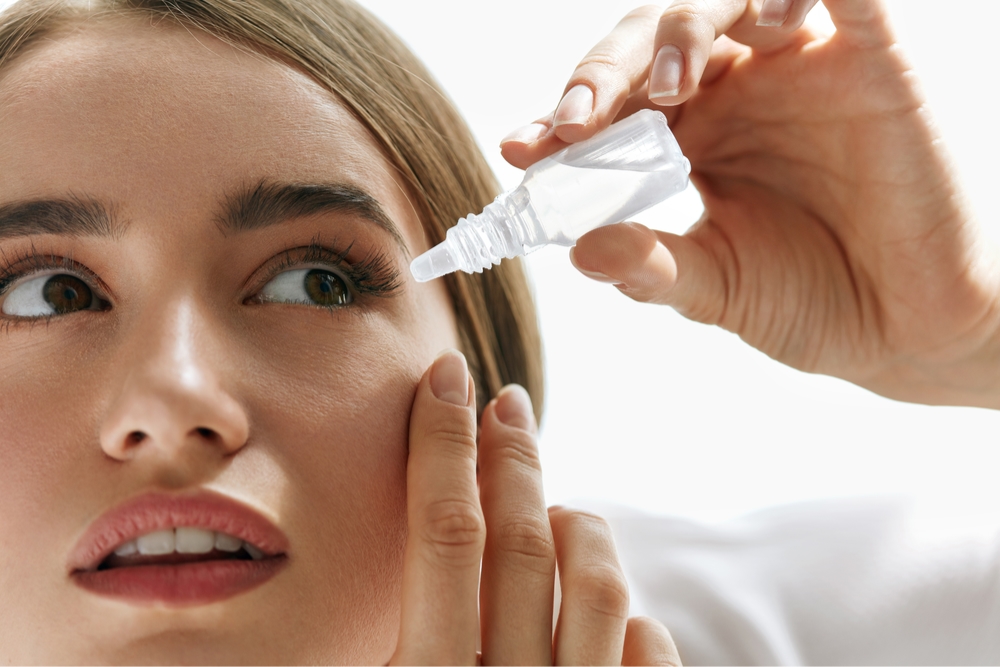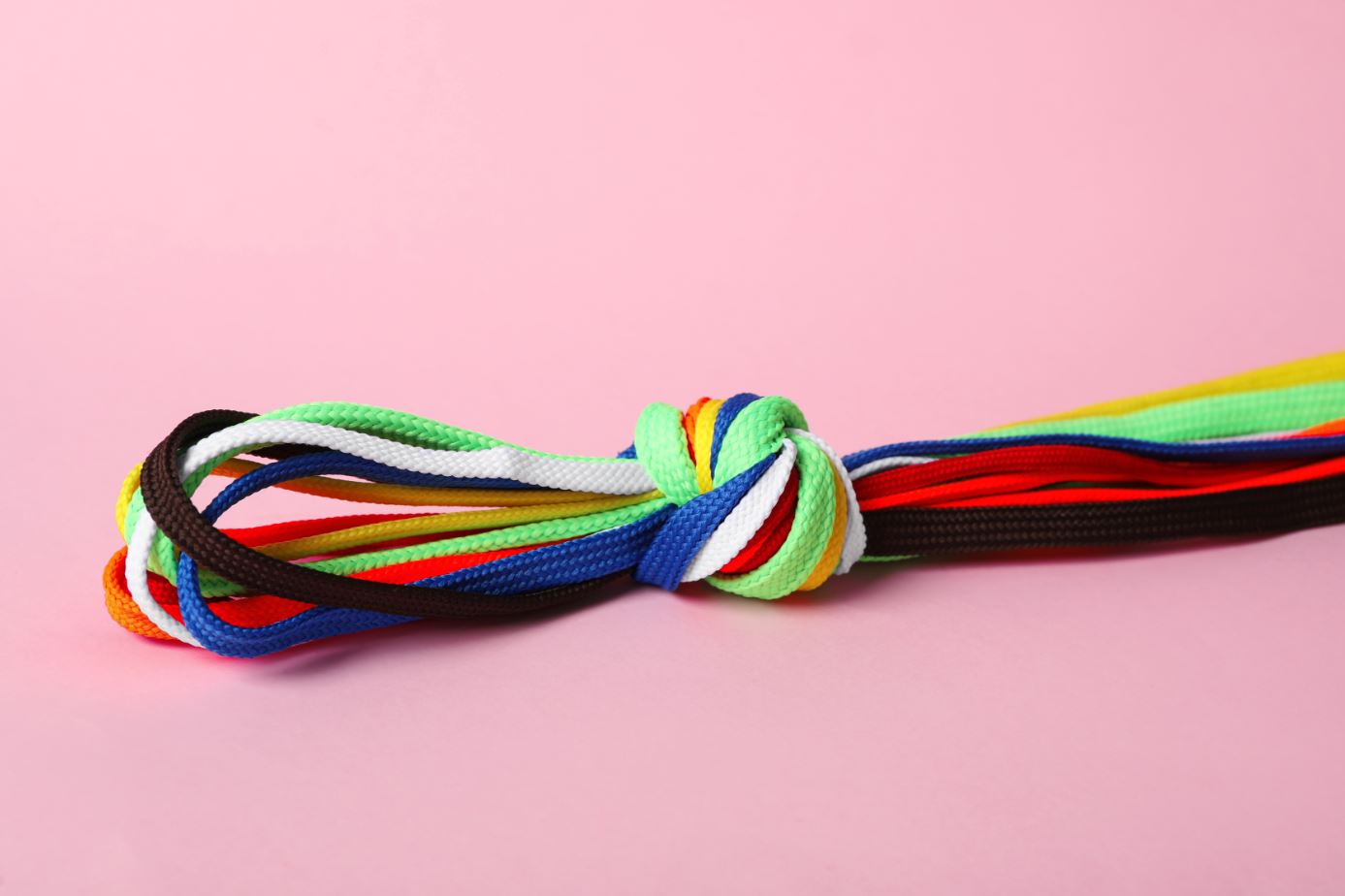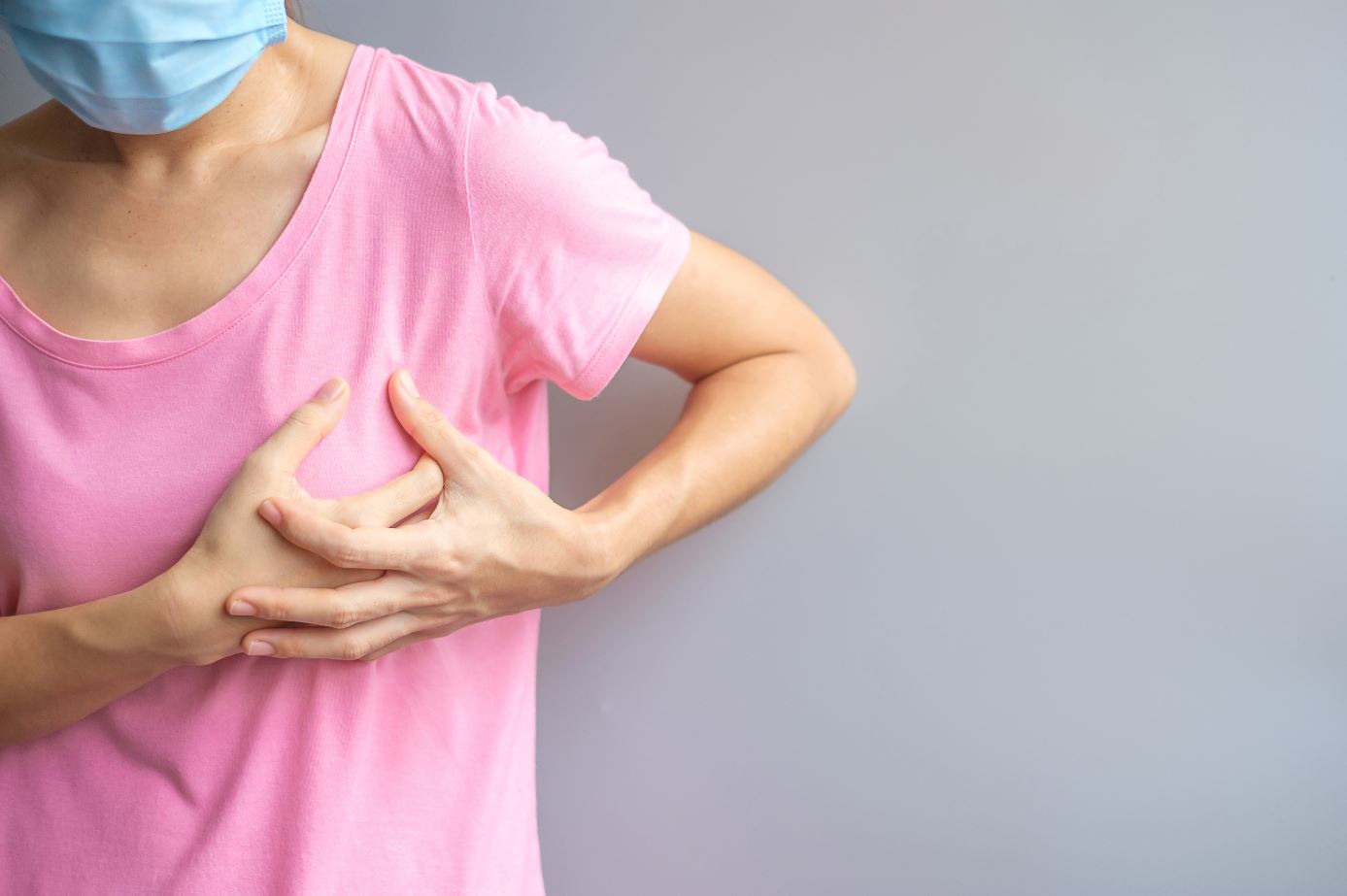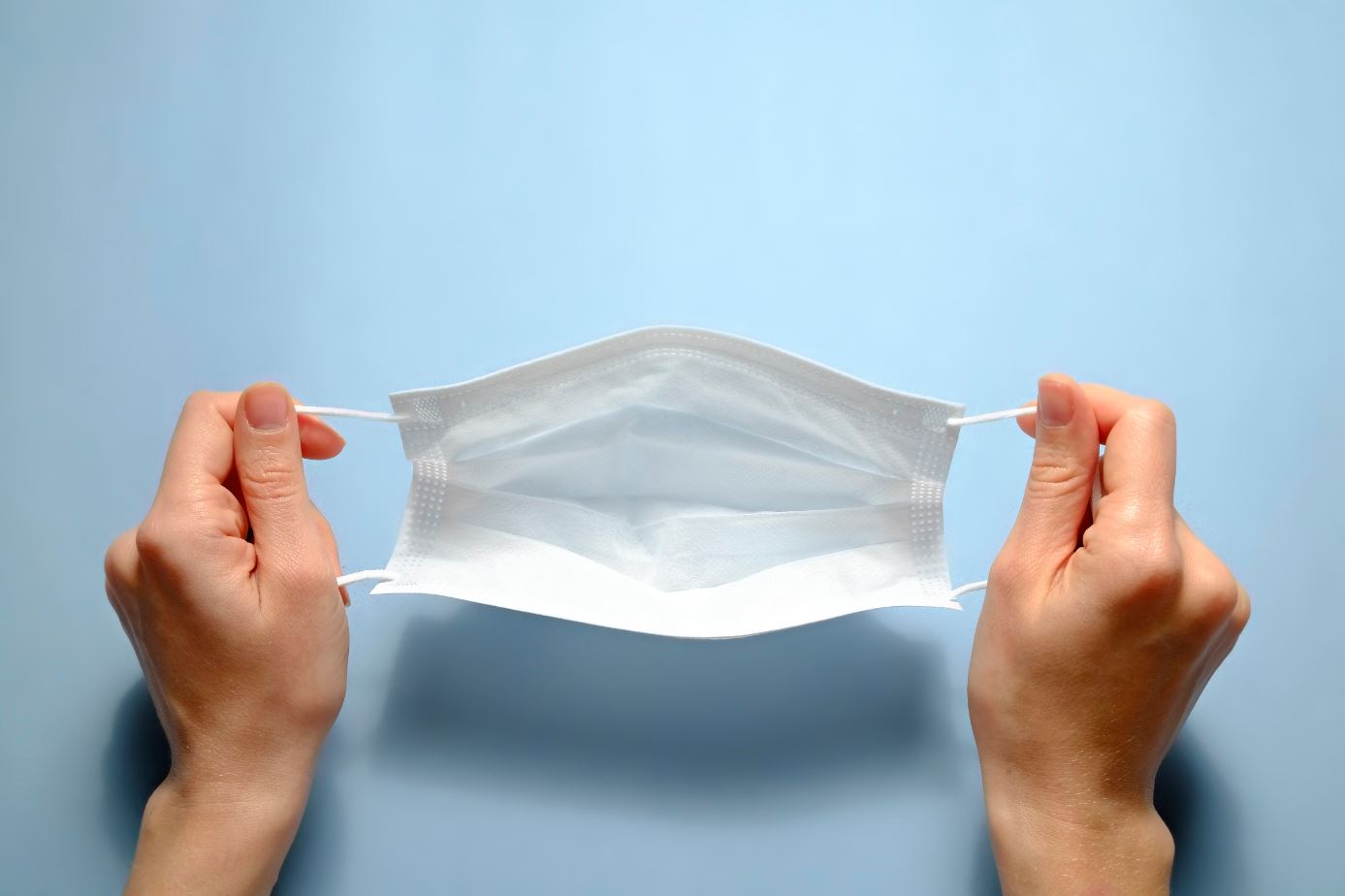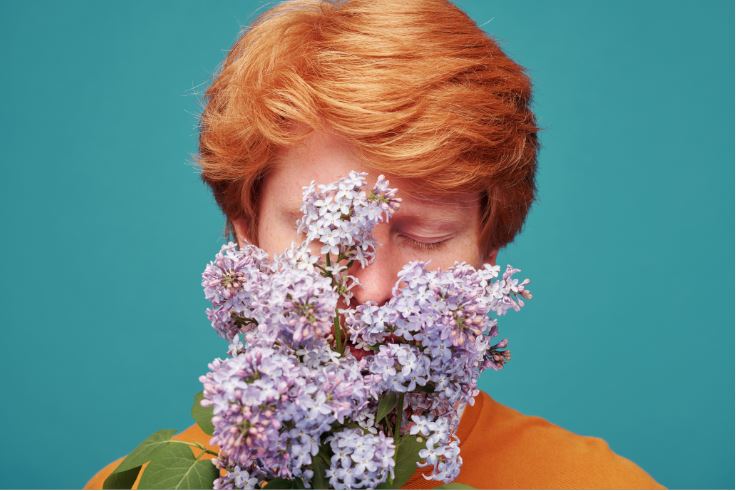What is a stye and how is it treated?
What is a stye?
- A stye (or “hordeolum” to use the medical term) is a painful infection of a hair follicle or sweat gland on the eyelid, or of one of the tiny glands located just inside the eyelid (Meibomian glands).
- A stye will usually appear as a small round red spot, and there may be pus visible inside it.
- There may be a little swelling or puffiness just around the stye, and pus may discharge from it.
- If there is no pain or soreness, it is likely to be a “chalazion” which is a different type of lesion.
What causes styes?
- In over 90% of cases a stye is caused by Staphylococcus Aureus bacteria.
- A stye may occur by itself, or as a complication of blepharitis, which is a more widespread infection of the eyelid.
- Some people are prone to styes and get them repeatedly.
- Certain conditions may also increase the chances of getting a stye, including diabetes, chronic debilitating illness, and high cholesterol levels.
How do you get rid of a stye?
- Styes usually get better by themselves- most come to a head after a few days, and the pus drains out. Further treatment for a stye may also help:
- Warm soaks (e.g. with a warm face flannel held to the area) for 10-15 minutes a day may encourage this to happen
- Topical antibiotic drops or ointment may be used to treat recurrent lesions and for those that are discharging pus.
- Oral antibiotics may be advised if redness and swelling is starting to spread beyond the stye, into the eyelid.
- If there are symptoms of cellulitis (increased redness around the eye, fevers and general unwellness), it’s a more serious situation, and immediate medical attention is needed, as intravenous antibiotics may be required.
- If the stye points at a lash follicle, removal of that single eyelash may help drainage and healing, but more than one lash shouldn’t be removed as it can lead to damage.
- Surgical drainage is rarely needed, and should be performed by an eye specialist or at an emergency department.
What happens if you don’t treat a stye?
- Most styes will get better by themselves
- Rarely, infection may spread from the stye into the tissue around the eye, causing cellulitis- as mentioned above, this is a serious condition which requires antibiotics. Symptoms include pain, swelling, redness around the eye, and often fevers, chills and feeling generally unwell. Immediate medical attention should be sought in this case.
- Sometimes a stye will progress over time to form a chalazion- this is a hard painless lump in the eyelid. A chalazion may need to be removed if it gets big or is causing discomfort.
How to stop getting styes
- Eye lid hygiene measures may help.
- There are eyelid wipes and other lid hygiene products available over the counter- speak to your pharmacist.
- Sometimes people are advised to use a tiny amount of baby shampoo and warm water, and carefully clean the lash-line with a cotton bud.
If having recurring or troublesome styes, speak to your GP, optician or an ophthalmologist (eye specialist).
Testicular Torsion- how to spot this serious condition
What is Testicular Torsion? Testicular torsion refers to the twisting of a testicle and the spermatic cord attached to it, inside the scrotum. If prolonged and untreated, the twisting rapidly affects the [...]
Psoriasis
Managing Psoriasis What is Psoriasis? Psoriasis is a chronic (long term) skin condition that causes areas of the skin to become thickened, red, and scaly (described as "plaques"). It [...]
Mastalgia- what causes breast pain?
The causes of breast pain Breast pain refers to any area or areas of tenderness, discomfort or pain in one or both breasts. It can occur for a variety [...]
Phimosis- causes and treatment of a tight foreskin
What is Phimosis? What is Phimosis? Phimosis is the medical word that describes a tight foreskin that cannot be pulled back past the head of the penis (glans). This [...]
Common cold or Coronavirus? How can you tell the difference?
Symptoms of Coronavirus or Common Cold? Unfortunately it is difficult to tell the difference between symptoms of Coronavirus and a common cold. A lab test is the only way [...]
How to get rid of hay fever
How to get rid of hay fever Hay fever is one of the most common reasons for people to attend their doctor in Spring and Summer, as pollen levels [...]


